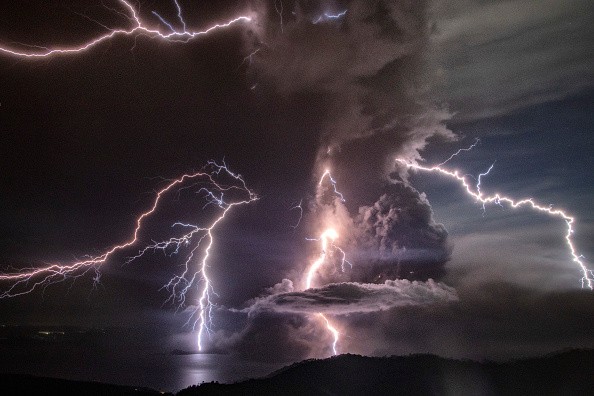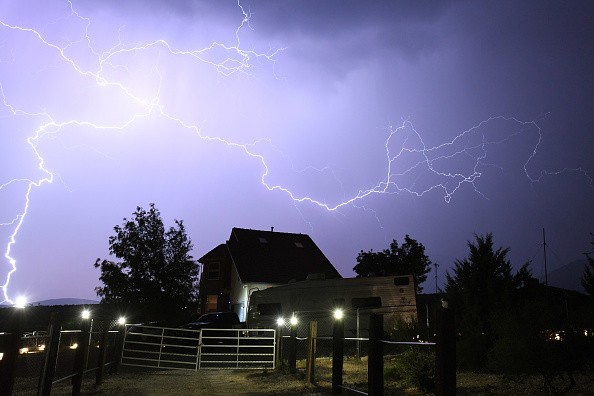Scientists discovered that lightning bolts subvisible discharges that cannot be viewed by cameras or the unaided eye produce extreme amounts of the hydroperoxyl radical and hydroxyl radical. The hydroxyl radical is crucial in the atmosphere due to the fact that it institutes chemical reactions and disintegrates molecules like the greenhouse gas methane.

Hydroperoxyl Radical (HO2) Vs. Hydroxyl Radical (OH)
Lightning bolts break oxygen and nitrogen molecules apart in the atmosphere and produce chemicals that are reactive which affect greenhouse gases. Presently, a team of lightning scientists and atmospheric chemists have discovered that lightning bolts and, unexpectedly, subvisible emissions that cannot be viewed by cameras or the unaided eye manufacture extreme amounts of the hydroperoxyl radical (HO2) and hydroxyl radical (OH).
The hydroxyl radical is crucial in the atmosphere due to the fact that it institutes chemical reactions and disintegrates molecules like the greenhouse gas methane. OH is the chief driver of most compositional changes in the atmosphere.
Distinguished professor of meteorology at Penn State, William H. Brune, said: "At first, we looked at these big signals of OH and HO2 discovered in the clouds and asked, what has gone wrong with our instrument? "We presumed there was a sound in the instrument, so we took of the big signals from the dataset and kept them for later study."
Sparks and Subvisible Discharge
The data was gotten from an instrument on a plane that traveled through the air above Colorado and Oklahoma in 2012 viewing the chemical changes that lightning and thunderstorms make to the atmosphere.
But a few years ago, Brune took the data from the shelf it was kept, noticed that the signals were actually hydroxyl and hydroperoxyl, and then teamed up and worked with a graduate student and research associate to know if these signals could be made in the laboratory by sparks and subvisible discharges.
Then they reanalyzed the thunderstorm and lightning dataset. Brune said: "With the assistance of a great undergraduate intern, we were able to connect the big signals noticed by our instrument flying through the clouds of the thunderstorm to the lightning measurements that were made from the ground."

Fast-rising Cores of Thunderstorms
On April 29 the researchers report their outcomes in Science First Release and the Journal of Geophysical Research-Atmospheres. Brune notes that due to the fact that the fast-rising cores of thunderstorms are dangerous airplanes prevent flying through, but can sample the anvil, the top part of the cloud that expands outward in the direction of the wind.
Visible lightning occurs in the part of the anvil close to the thunderstorm core. Brune said through history, people were only concerned with lightning bolts due to what they could do on the ground, now there is rising interest in the weaker electrical discharges in thunderstorms that bring about lightning bolts.
Related Articles: Death by Indoor Lightning: Yes, It's Possible
For more news updates about lightening and similar topics don't forget to follow Nature World News!
© 2025 NatureWorldNews.com All rights reserved. Do not reproduce without permission.





